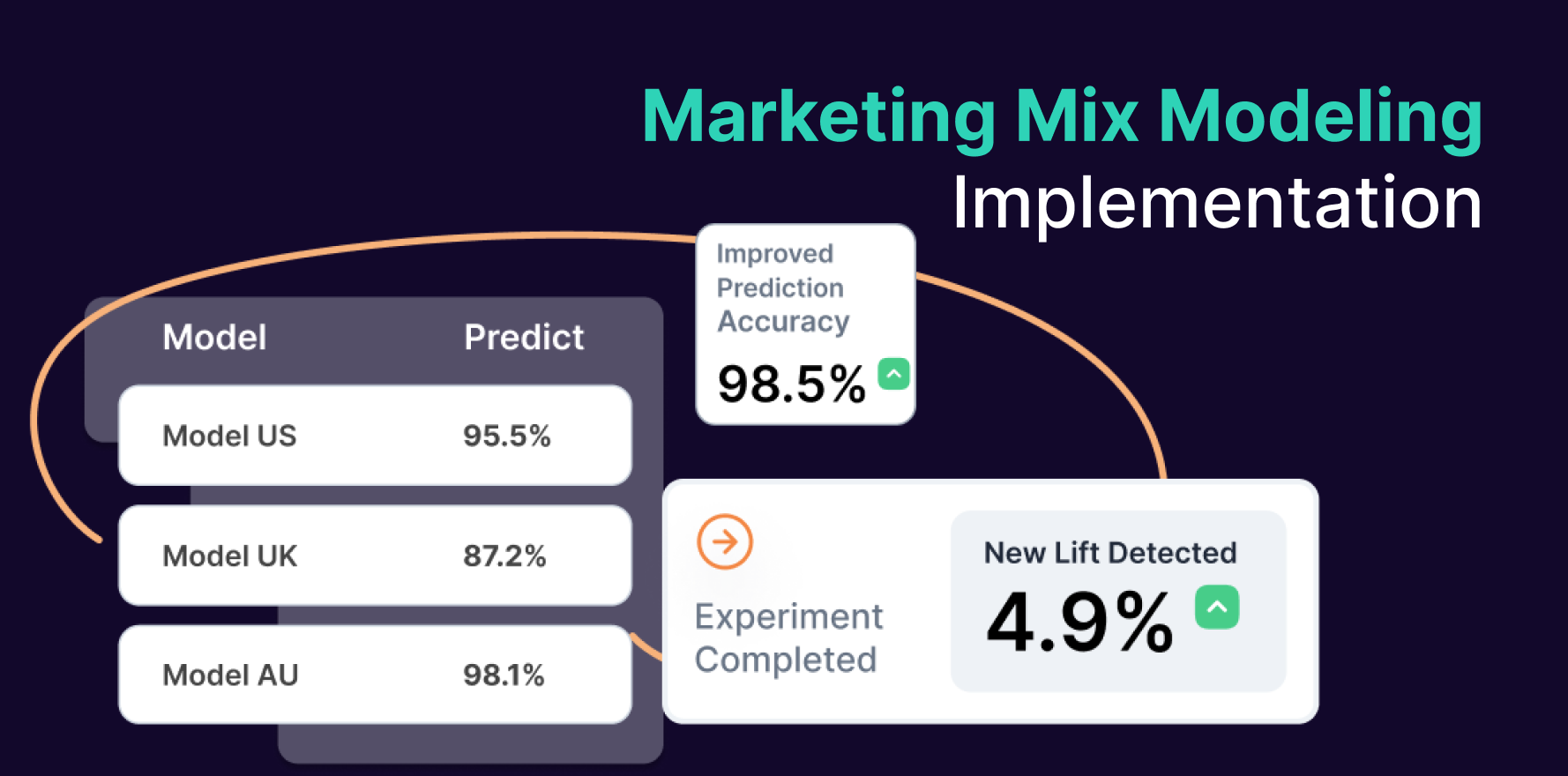What is Add to cart rate?
in the realm of eCommerce, there exist several key performance indicators (KPIs) that enable businesses to gauge their performance, understand customer behavior and improve their online stores. One such instrumental eCommerce metric is the ‘Add to cart rate’.Also known as the ‘Cart add rate’, ‘Product add to cart rate’ or ‘Cart placement rate’, this performance indicator measures the number of website or page visitors that add items to their online shopping carts during their browsing session.
Formula
Add to cart rate = (Number of unique carts/ Total sessions) * 100%
Example
To visualize the application, let’s consider a scenario where your eCommerce site had 1000 sessions on a certain day out of which 150 sessions resulted in visitors adding an item to their cart. The Add to cart rate for that day would be (150/1000)*100% = 15%.
Why is Add to cart rate important?
The Add to cart rate is a paramount indicator that highlights potential effectiveness of your product range, pricing, product descriptions, images, user interface and other factors that influence a visitor’s decision to make a purchase. A high Add to cart rate can suggest desirable pricing and appealing products, while a significantly lower rate might indicate issues that require immediate attention.
Which factors impact Add to cart rate?
Numerous factors play a role in influencing the Add to cart rate. These range from product prices, shipping costs, website design and user experience to the clarity of product information and absence of customer reviews.
How can Add to cart rate be improved?
Improving the Add to cart rate can be achieved through several strategies. These include improving website navigation, enhancing product descriptions and images, offering competitive pricing, enabling customer reviews, optimizing page load speed, and offering more payment options. A/B testing can be useful in gauging customer preferences and thereby increasing the Add to cart rate.
What is Add to cart rate’s relationship with other metrics?
The Add to cart rate shares a consequential relationship with other core eCommerce metrics. For instance, a high Add to cart rate but a low conversion rate may indicate issues with the checkout process. Similarly, the shopping cart abandonment rate may be negatively correlated with the Add to cart rate as a high abandonment rate may deflate the Add to cart rate.
Free essential resources for success
Discover more from Lifesight

















